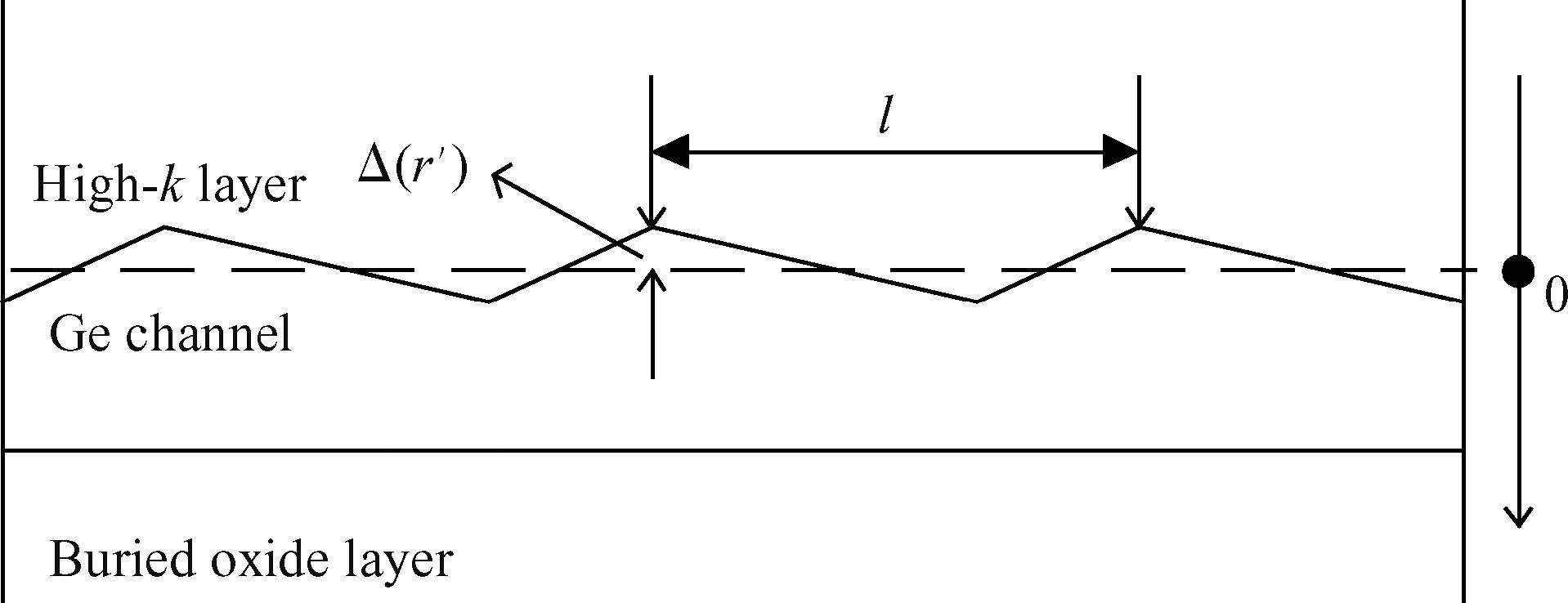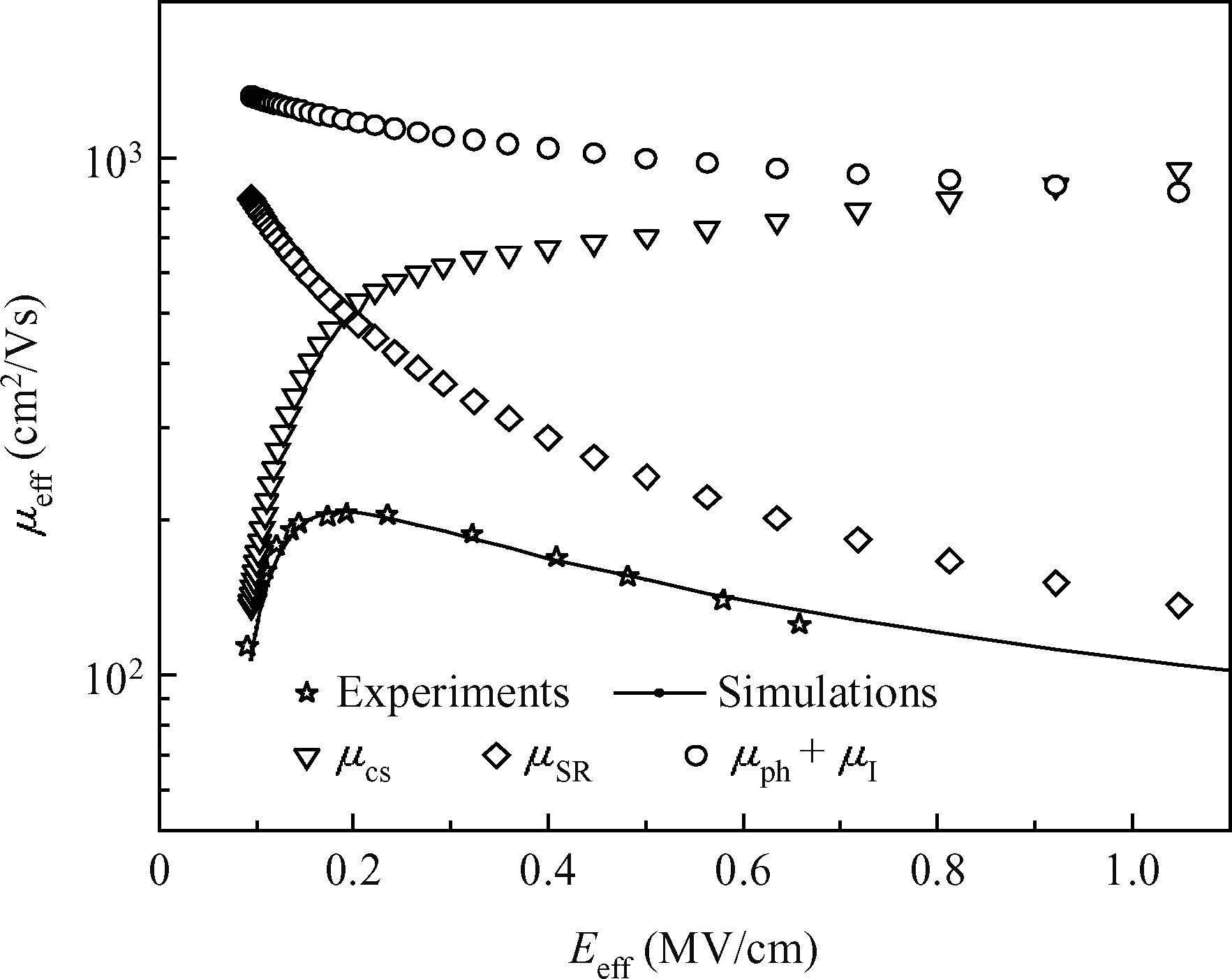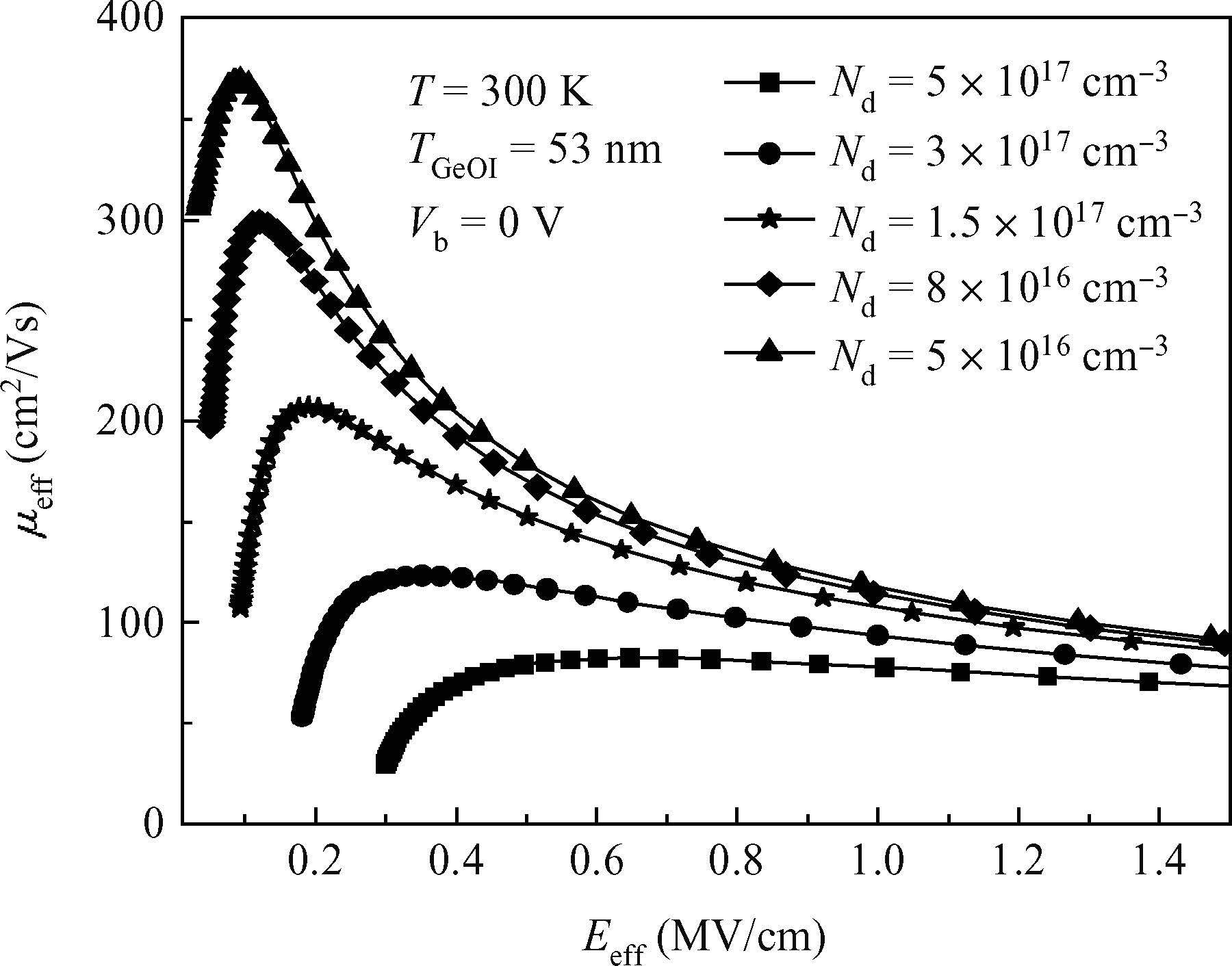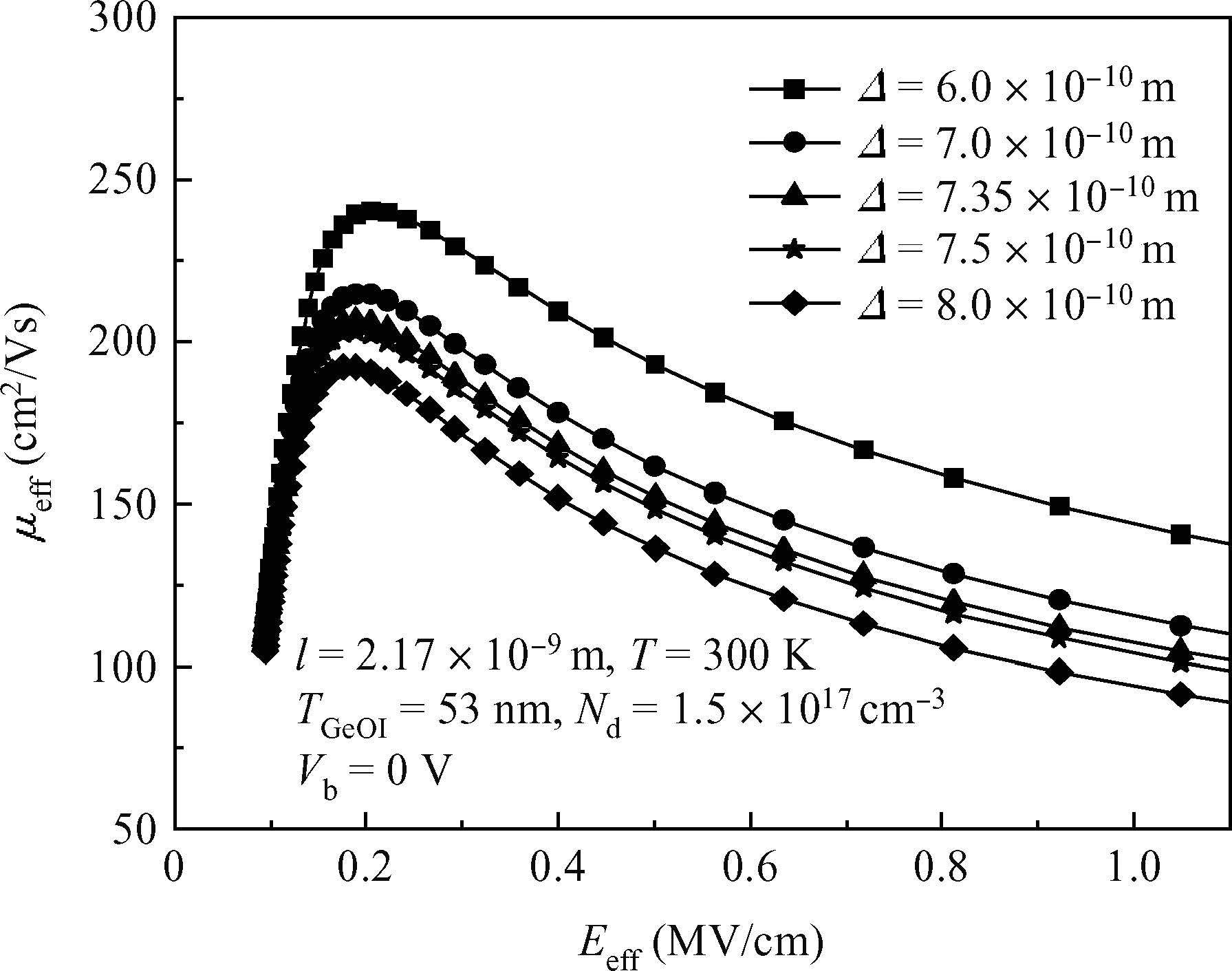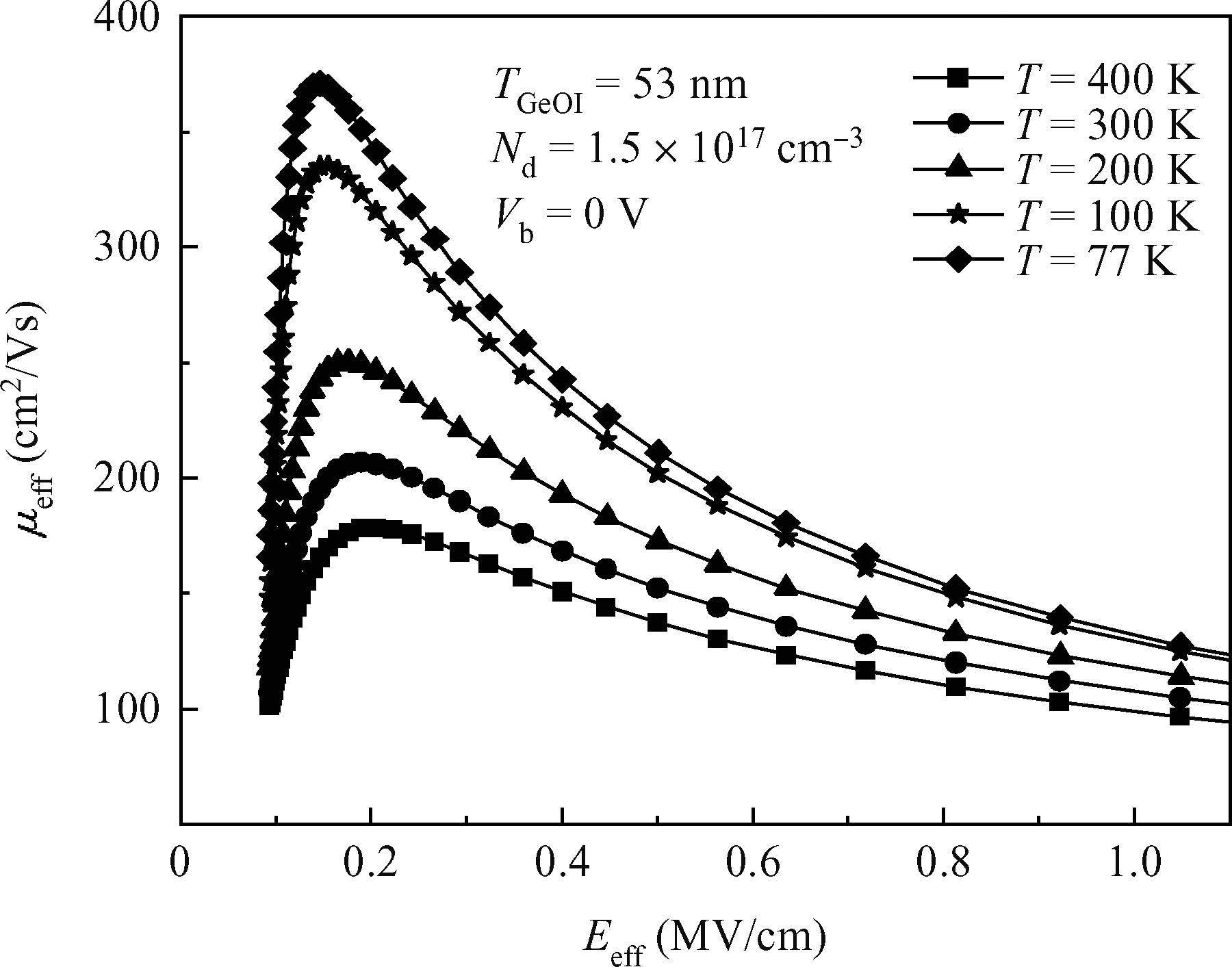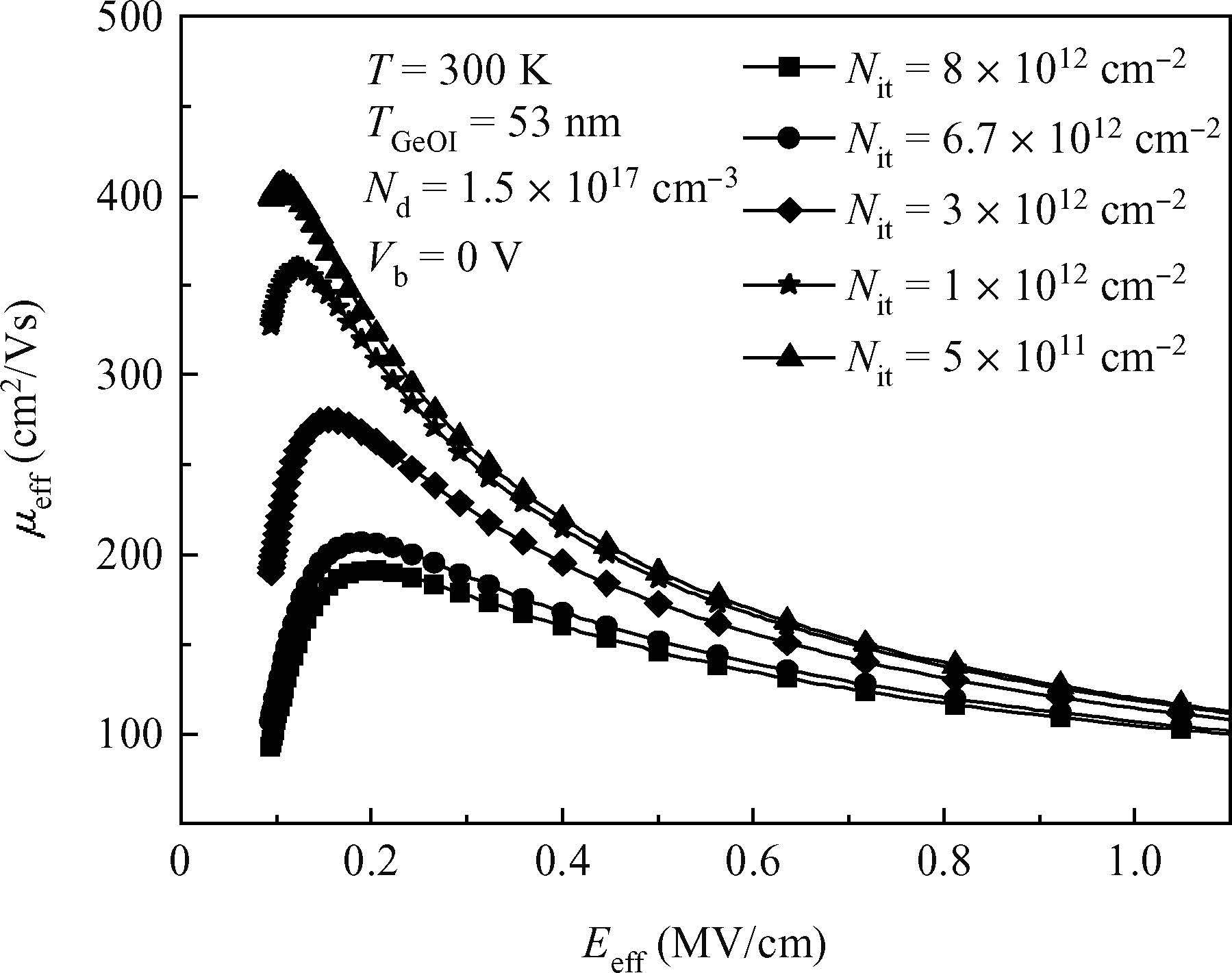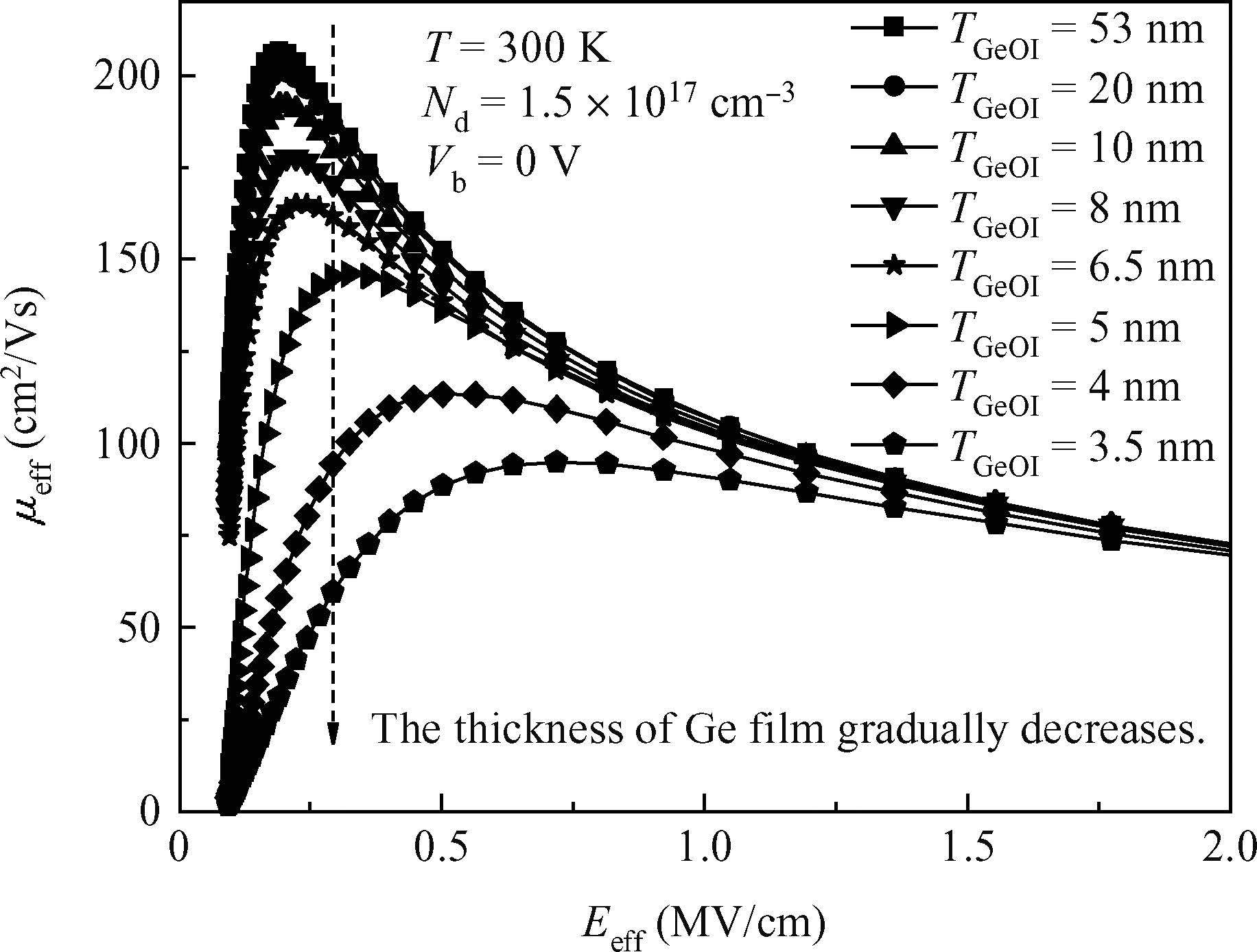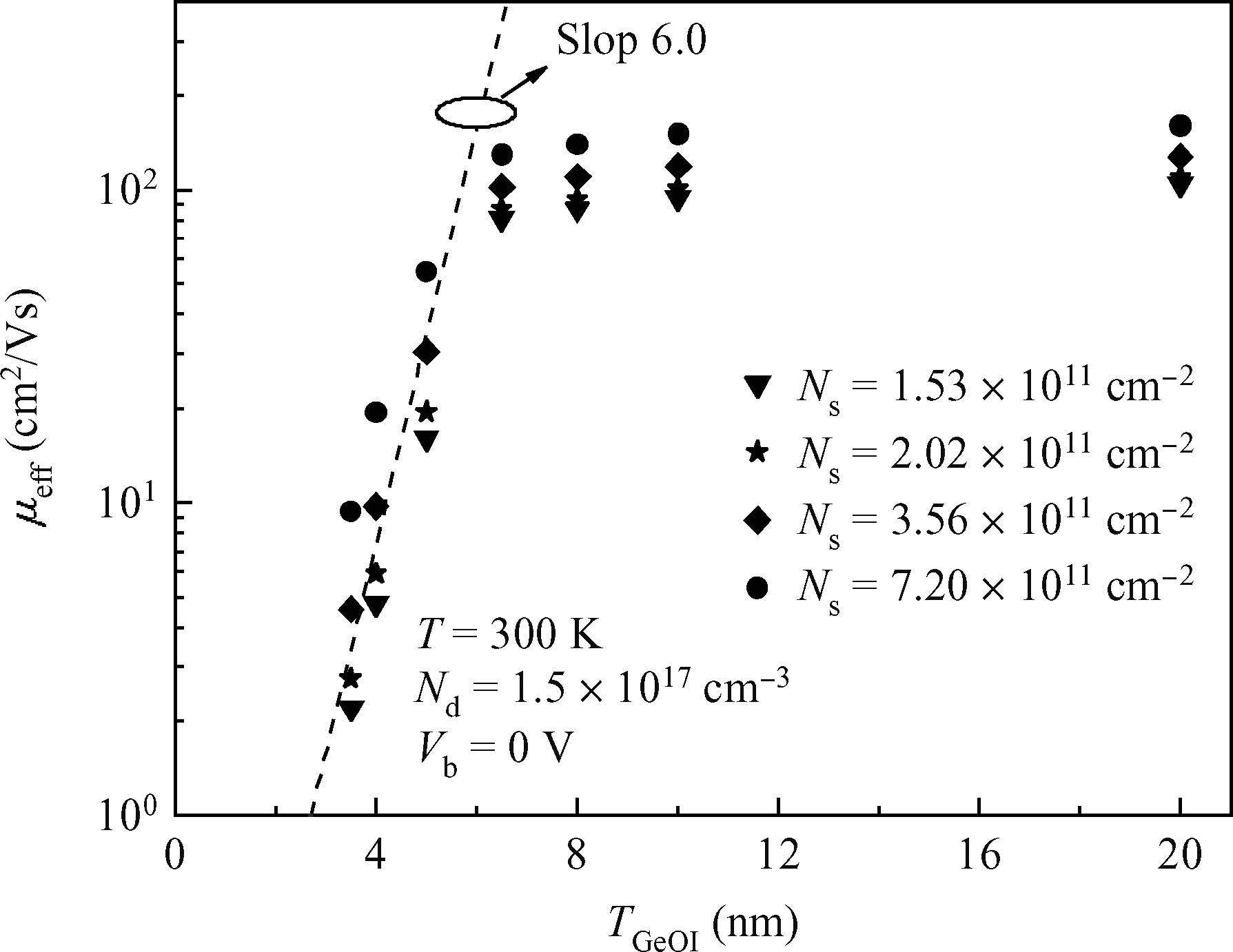| Citation: |
Wenyu Yuan, Jingping Xu, Lu Liu, Yong Huang, Zhixiang Cheng. A physical model of hole mobility for germanium-on-insulator pMOSFETs[J]. Journal of Semiconductors, 2016, 37(4): 044004. doi: 10.1088/1674-4926/37/4/044004
****
W Y Yuan, J P Xu, L Liu, Y Huang, Z X Cheng. A physical model of hole mobility for germanium-on-insulator pMOSFETs[J]. J. Semicond., 2016, 37(4): 044004. doi: 10.1088/1674-4926/37/4/044004.
|
A physical model of hole mobility for germanium-on-insulator pMOSFETs
DOI: 10.1088/1674-4926/37/4/044004
More Information
-
Abstract
A physical model of hole mobility for germanium-on-insulator pMOSFETs is built by analyzing all kinds of scattering mechanisms, and a good agreement of the simulated results with the experimental data is achieved, confirming the validity of this model. The scattering mechanisms involved in this model include acoustic phonon scattering, ionized impurity scattering, surface roughness scattering, coulomb scattering and the scattering caused by Ge film thickness fluctuation. The simulated results show that the coulomb scattering from the interface charges is responsible for the hole mobility degradation in the low-field regime and the surface roughness scattering limits the hole mobility in the high-field regime. In addition, the effects of some factors, e.g. temperature, doping concentration of the channel and the thickness of Ge film, on degradation of the mobility are also discussed using the model, thus obtaining a reasonable range of the relevant parameters.-
Keywords:
- GeOI,
- pMOSFETs,
- hole mobility,
- scattering mechanisms
-
References
[1] [2] [3] [4] [5] [6] [7] [8] [9] [10] [11] [12] [13] [14] [15] [16] [17] [18] [19] [20] [21] [22] [23] [24] [25] [26] [27] [28] [29] [30] [31] [32] -
Proportional views





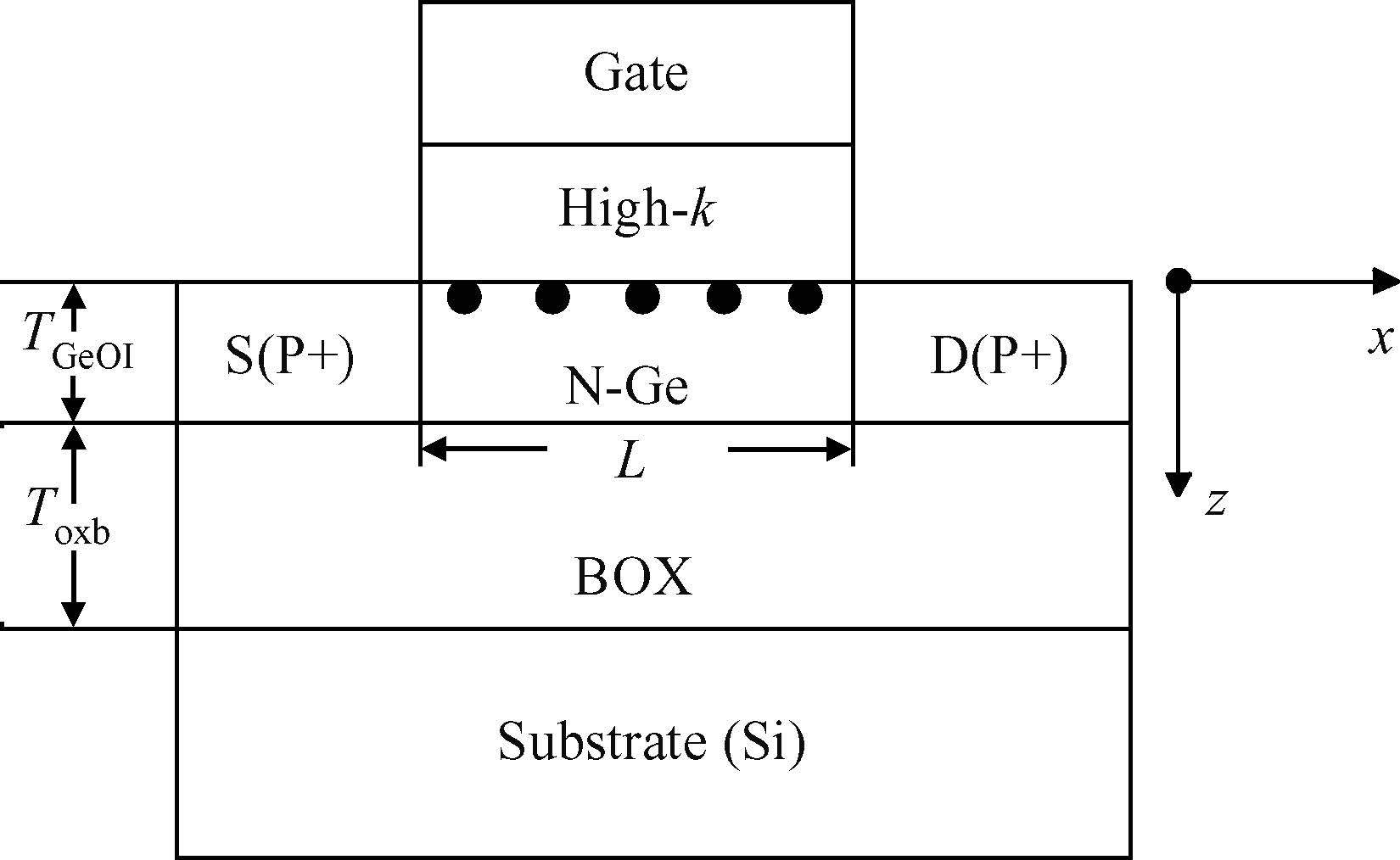
 DownLoad:
DownLoad:
